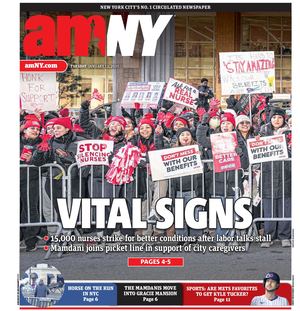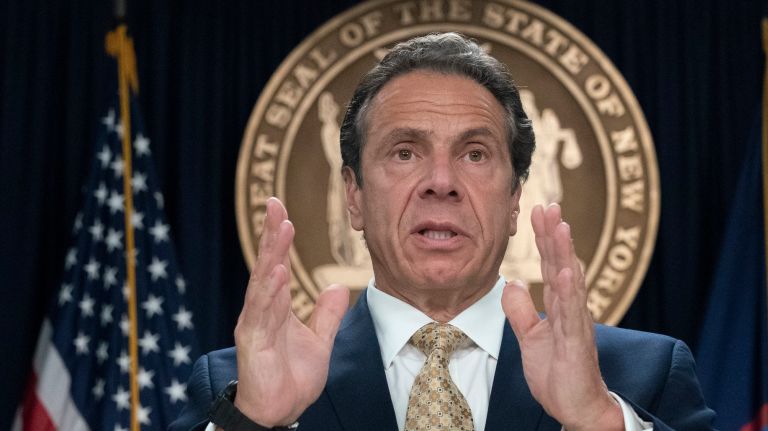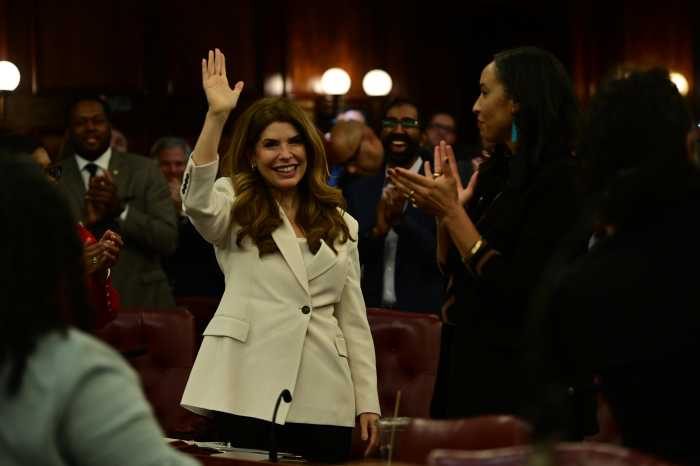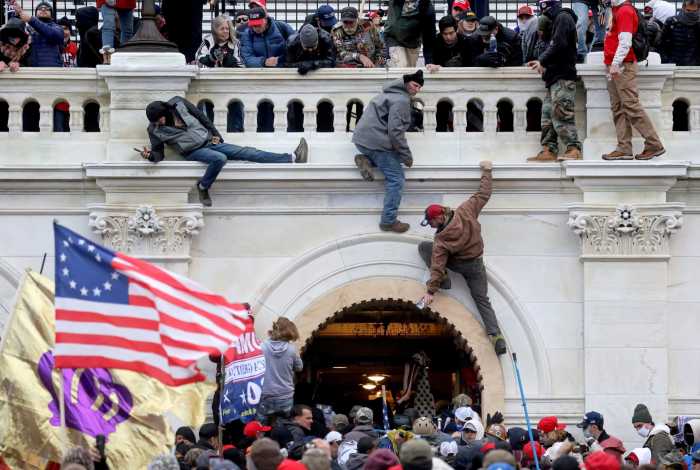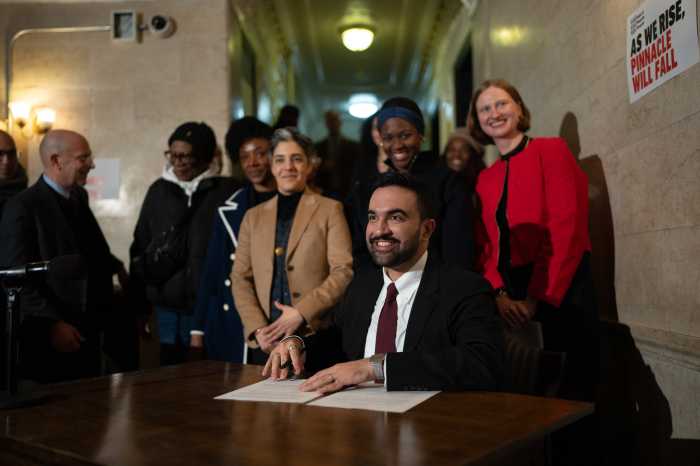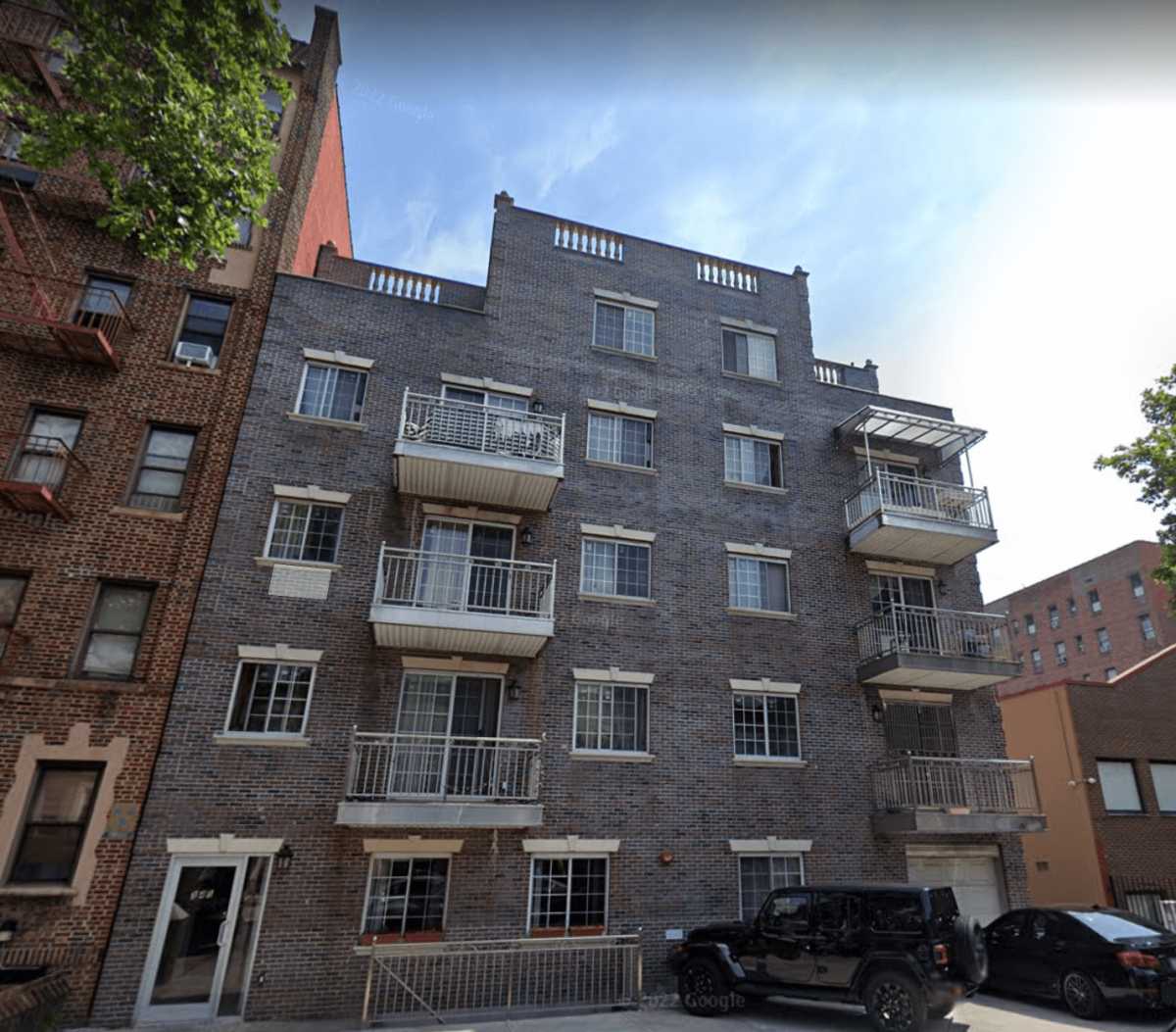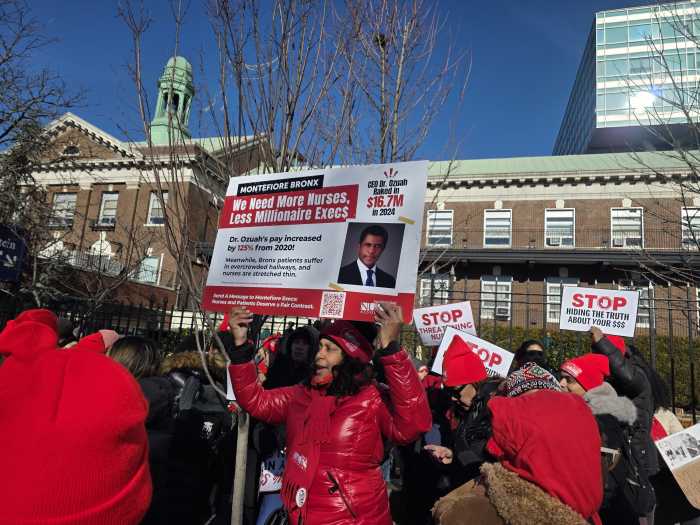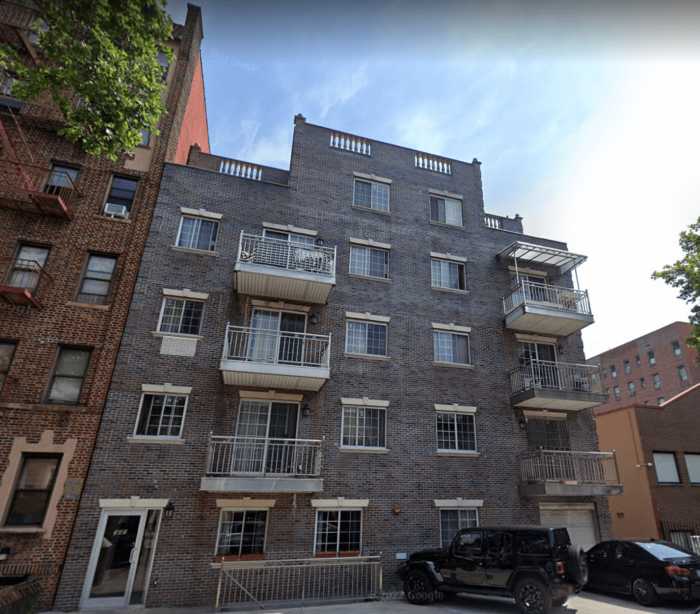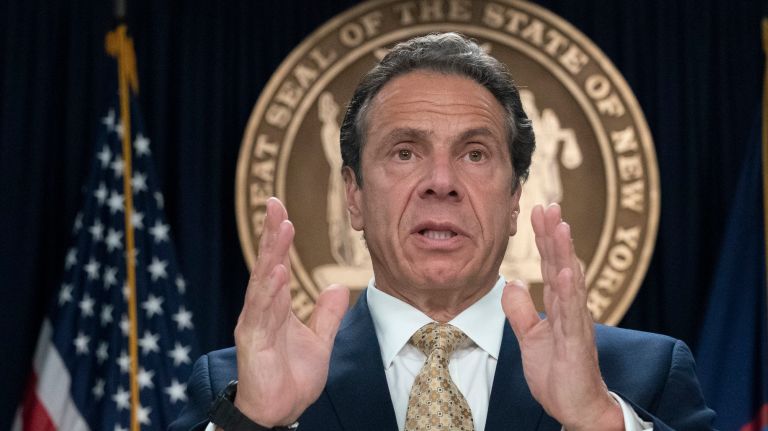
Whether it’s called transforming, reorganizing, consolidating or streamlining, we’ve heard much of it before.
If the latest proposal to reform the Metropolitan Transportation Authority — a report that claims to be able to save up to $500 million a year, and trim up to 2,700 positions — results in actual change rather than bureaucratic shuffling, that would be monumental.
That, however, is an awfully big “if.”
Here’s what it will take for the MTA to turn yet another report into a new reality for the nation’s largest public transportation agency.
- LEADERSHIP: It’s now crystal clear that Gov. Andrew M. Cuomo is at the helm of the MTA’s sprawling bureaucracy. This week, he issued a scolding letter about its woeful existence and made specific demands for improvement metrics. However, Cuomo must play a significant role and take responsibility for turning around this behemoth.
- Chief executive Pat Foye has begun to make the MTA more effective. A longtime political insider, Foye has to make sure he doesn’t get consumed by the institution and its old ways. But he can’t negotiate big changes to union contracts or commit to layoffs, if they’re necessary, without the governor’s backing. Cuomo, Foye and MTA management also should empower the presidents of the Long Island and Metro-North railroads and NYC Transit to take charge of running the trains and respond to customers. They must have the tools they need, be able to work side by side with MTA Capital Construction, and have input on big projects that affect their agencies.
- POLITICAL WILL: One reason the MTA has been unable to make big changes is that someone or something gets in the way. At times, it’s a desire by managers not to make waves. Consolidating operations like human resources, finance and legal, and adding accountability while cutting jobs, will be difficult but necessary. Often, the impediments to change are the agency’s 31 unions, which balk at efficiency efforts and intimidate managers. The biggest way change can come to the MTA is through contract negotiations. Union representatives must understand that if the reorganization doesn’t succeed and service doesn’t improve, the public won’t continue to pour money into the agency.
- TIMELINE AND BENCHMARKS: The report’s basic timeline suggests the reorganization could take two years. Specifics and milestones are needed and must be adhered to. The MTA board is expected to OK the report next week, but shouldn’t without those details and firm assurances that deadlines will be met. The surest way for the report to end up gathering dust is for no one to feel urgency.
- DON’T STOP HERE: Even a reorganized MTA would be an enormous organization that must find ways to work more seamlessly. And while the report addresses who does what, it mostly leaves out how they do what they do. Consolidating procurement is nice, but without changing how contractors are hired and handled, it will mean nothing. Better accountability, oversight and communication are crucial.
The report is a road map fundamental to getting the MTA started on an arduous journey. But there’s no certainty it can reach its destination.
